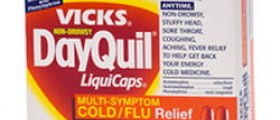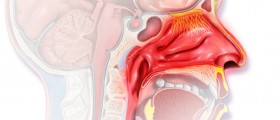
Introduction
A sinus headache is characterized by a deep, throbbing pain usually located in the face and the front part of the head. The headache gets triggered because the air-filled cavities get inflamed. The condition easily gets worse by leaning or bending down and the damp and cold weather usually contributes to the increase of pain intensity. If the headache occurs in the morning, it usually gets better by the early evening. It is quite difficult to diagnose sinus headaches because they are very similar to migraines and tensionheadaches.
Signs and symptoms
Sinus headaches can easily be recognized by certain symptoms. Those symptoms include pressurizing pain in the specific head or face area which usually gets worsened by bending forward or when moving suddenly. The pain is usually worse in the morning because the mucus gets collected during the night, but it usually gets better by late afternoon. A person’s face is usually very tender to the touch and it is very likely that the pain will get worse if sudden temperature changes do occur. The symptoms of sinus headaches can often be associated with inflammatory condition or postnasal drip caused by a sore throat. Sinus headaches can often be accompanied by mild to moderate fever, yellow-greenish discharge from the nose, the redness and the swelling of the nasal passages and a general sense of not feeling particularly well. Fatigue is also quite common. Sinus headaches can easily be compared to migraines since they both get worse when a person bends forward and they both involve nasal congestion but migraines are different because they get worse by excessive exposure to light or noise and are often accompanied by nausea.
Causes
The most common causes of sinus headaches are inflammation and congestion of sinuses. The inflammation usually gets triggered by flu, cold, hay, fever or certain other types of allergic reaction and respiratory infections. When the inflammation occurs the nasal passages get blocked and the mucus drainage and air circulation become impossible. Various types of fungus, viruses and bacteria tend to grow more rapidly due to the blockage of the nasal passages. Any type of obstruction that prevents the drainage of sinuses can be the cause of inflammation. Risk factors include nasal problems, history of asthma or allergies, frequent diving or swimming and climbing to highaltitudes.
Diagnosis
The doctor needs to ask some question so the condition can be distinguished from tension headaches and migraines. The nose needs to be check for discharge and congestion. Transillumination is a method used to determine if there are any inflammations. Further tests may be performed if the doctor suspects chronic sinusitis.

















Your thoughts on this
Loading...